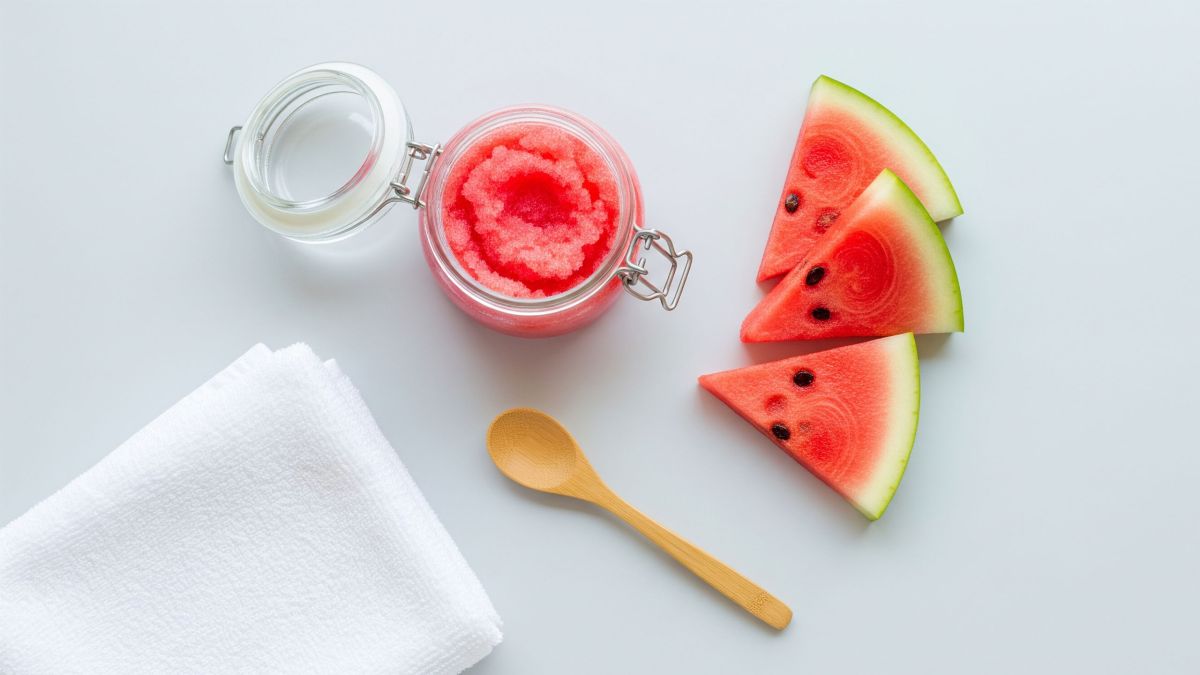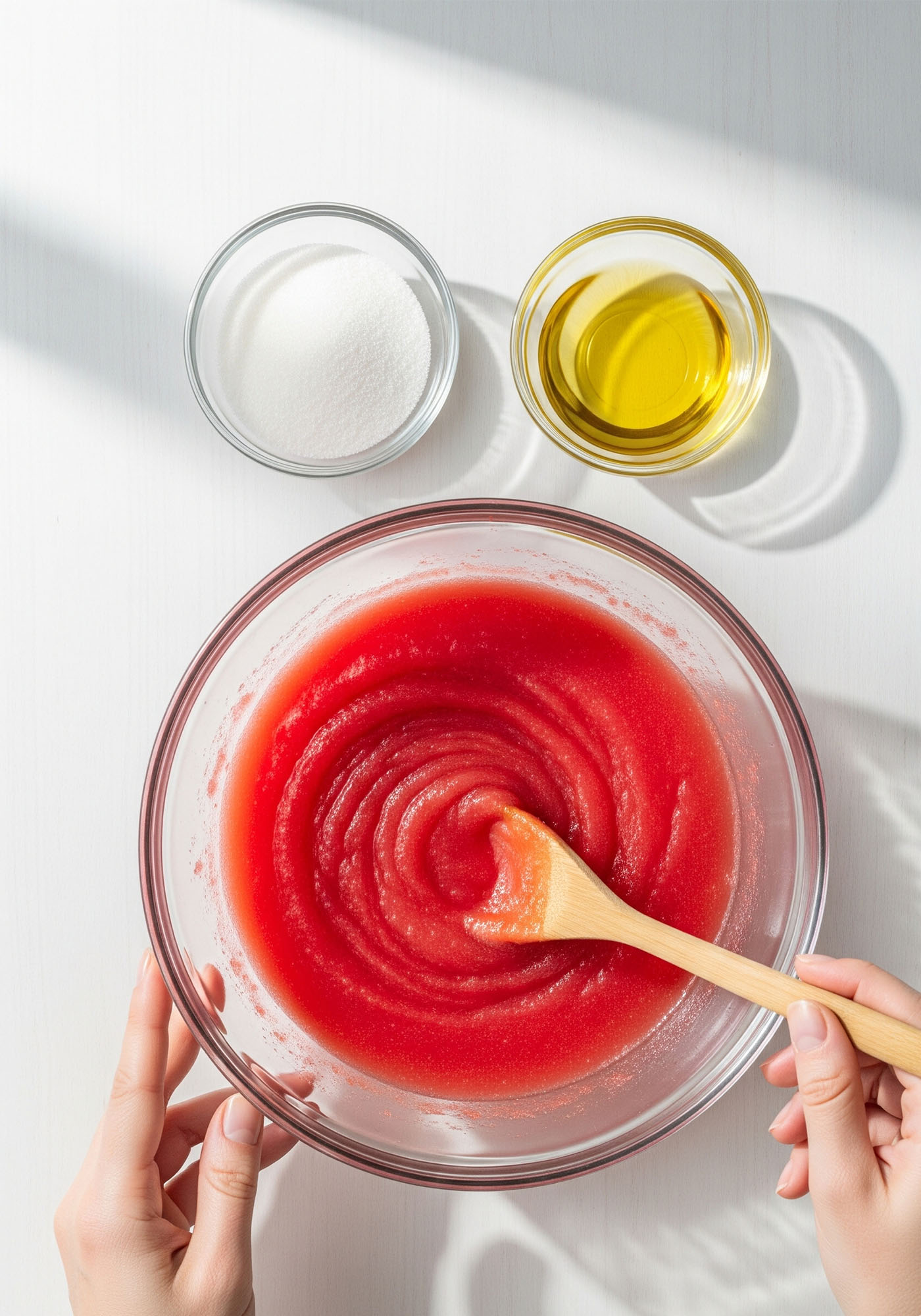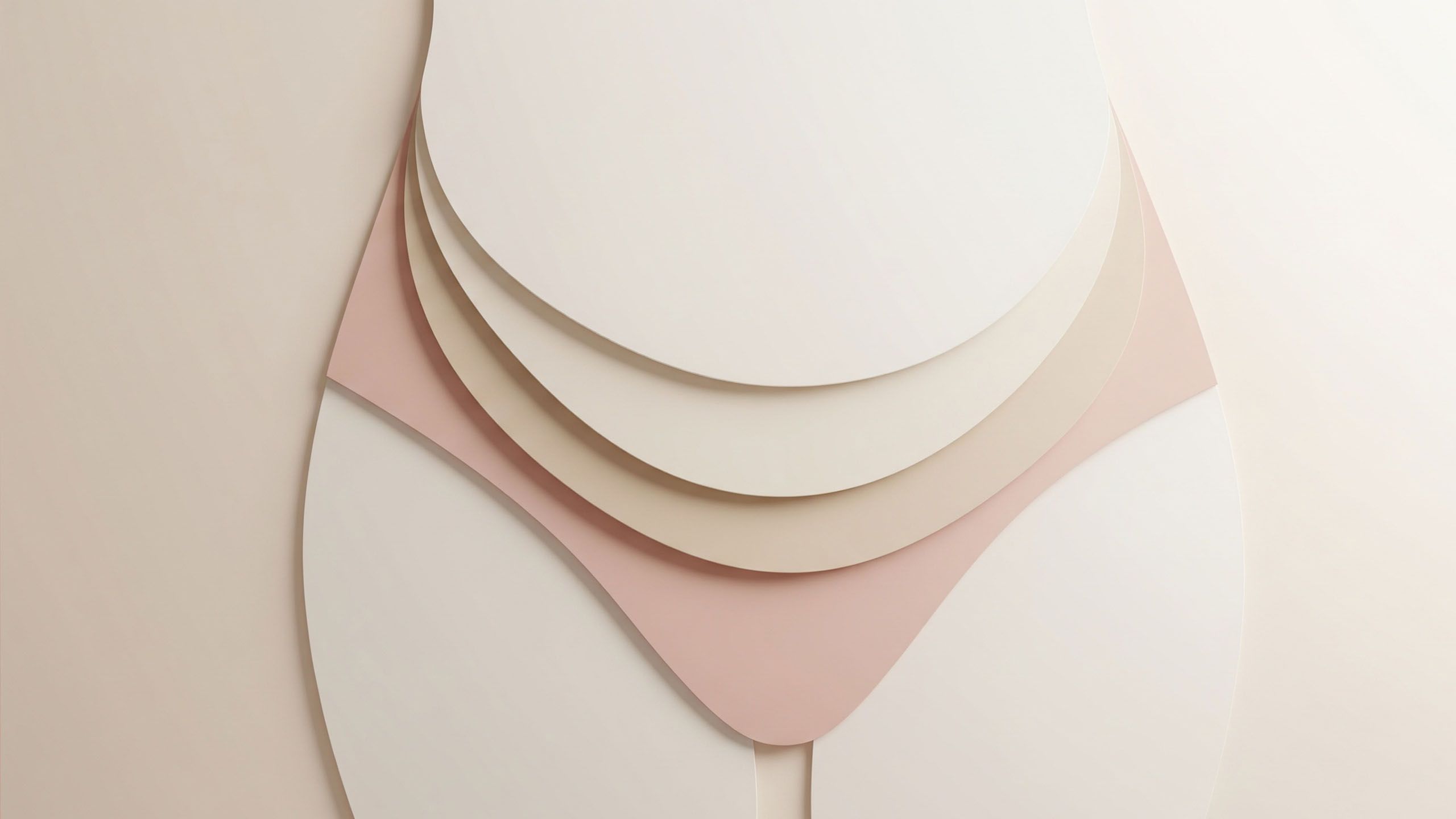Sweet Glow: A Guide to Making Your Own Watermelon Sugar Scrub

Fresh Skincare Straight from the Kitchen
There’s something irresistible about the fresh scent of watermelon—juicy, sweet, and instantly reminiscent of summer. Beyond being a refreshing snack, watermelon can also make its way into your skincare routine. When paired with the exfoliating power of sugar, it becomes the centerpiece of a simple yet effective homemade scrub that leaves skin feeling smooth and refreshed.
This guide walks you through why a watermelon sugar scrub works, what you’ll need, and several DIY variations you can try at home.
Why Watermelon Works for Skin
Watermelon is made up of over 90% water, which makes it naturally hydrating. Its pulp contains antioxidants such as vitamin C and lycopene that may help support skin health. Combined with sugar’s gentle abrasiveness, a scrub helps remove dead skin cells, leaving behind a softer surface that can better absorb moisture.
What You’ll Need
Before you get started, here are the essentials for a basic watermelon sugar scrub:
-
Fresh watermelon puree (about 2–3 tablespoons)
-
Granulated sugar (½ cup for gentle exfoliation, or switch to brown sugar for a softer texture)
-
Carrier oil (1–2 tablespoons, such as coconut, jojoba, or almond oil)
-
Optional add-ins: a few drops of vitamin E oil, honey for extra hydration, or essential oils for fragrance.
Basic Ingredients for Watermelon Sugar Scrub
| Ingredient | Amount | Purpose |
|---|---|---|
| Fresh watermelon puree | 2–3 tbsp | Hydration, antioxidants, natural scent |
| Granulated sugar (or brown sugar) | ½ cup | Exfoliant, removes dead skin cells |
| Carrier oil (coconut, jojoba, almond) | 1–2 tbsp | Moisturizing base, binds scrub together |
| Honey (optional) | 1 tsp | Extra hydration, antibacterial properties |
| Vitamin E oil (optional) | A few drops | Skin conditioning, may extend freshness |
| Essential oil (optional) | 1–2 drops | Adds fragrance (use sparingly) |
Step-by-Step: Basic Watermelon Sugar Scrub
-
Prepare the watermelon
-
Cut a small piece of fresh watermelon and remove any seeds.
-
Blend or mash it into a smooth puree.
-
-
Mix the base
-
In a small bowl, combine the sugar and carrier oil until it forms a sandy paste.
-
-
Add the fruit
-
Stir in the watermelon puree slowly until the mixture holds together without being too runny.
-
-
Customize if desired
-
Add honey for extra moisture or a drop of peppermint essential oil for a cooling effect.
-
-
Use immediately
-
Scoop a small amount into your hands and gently massage onto damp skin in circular motions. Rinse thoroughly with warm water.
-

Can It Be Used on Intimate Areas?
Yes—with care. The watermelon sugar scrub can be applied to certain external areas of the body where skin may benefit from gentle exfoliation:
-
Breasts: The skin here is delicate but can sometimes become dry or dull. A light exfoliation helps keep it smooth and may improve product absorption if you use moisturizing creams or oils afterward.
-
Mons pubis (the mound of flesh above the pubic bone): Exfoliation can help reduce dead skin buildup and keep this area soft. It may also help minimize ingrown hairs if you shave or wax.
-
Outer vulva (only the external skin, not internal tissue): A very gentle scrub can freshen and smooth the skin, but avoid direct contact with mucous membranes, as fruit acids and sugar particles can be irritating.
-
Buttocks: This is a common area where clogged pores or rough patches appear. Using the scrub here can help smooth texture and reduce the appearance of small bumps.
Benefits in these areas may include:
-
Softer, smoother skin
-
Reduced buildup of dead skin cells
-
A refreshed appearance and feel
-
Support in preventing ingrown hairs (particularly around shaved or waxed zones)
Caution: Always use a light hand, especially on sensitive areas, and test on a small patch first. Limit use to once a week on intimate zones to avoid irritation.
Quick Comparison: Benefits & Cautions by Area
| Area | Primary Benefits | Caution Level | Suggested Frequency |
|---|---|---|---|
| Breasts (external skin) | Smoother texture; better moisturiser absorption | Low — use gently | Once a week |
| Mons pubis | Reduces dead skin, helps prevent ingrown hairs | Moderate — avoid mucous membranes | Once a week (light pressure) |
| Outer vulva (external only) | Surface smoothing; fresher feel | High — be cautious; skip if irritated | Once every 7–10 days, or less |
| Buttocks | Smooths rough patches; reduces clogged pores | Low — typically well tolerated | 1–2 times weekly |
Variations to Try
1. Cooling Summer Scrub
-
Watermelon puree
-
Brown sugar
-
Aloe vera gel
-
A few drops of peppermint oil
This version offers a soothing, cooling sensation—perfect for hot days or after sun exposure.
2. Honey-Infused Hydration Scrub
-
Watermelon puree
-
White sugar
-
Raw honey
-
Sweet almond oil
Honey helps lock in moisture, making this a great option for dry or flaky skin.
3. Vitamin C Boost Scrub
-
Watermelon puree
-
Cane sugar
-
A teaspoon of lemon juice
-
Jojoba oil
Lemon adds a refreshing brightness but should be used sparingly. Be sure to follow with sunscreen if you plan to be outside, as citrus oils can increase sensitivity to sunlight.
How to Store It
Because fresh fruit is involved, this scrub doesn’t have a long shelf life. It’s best made in small batches and kept in the refrigerator. Use within 3–5 days for maximum freshness.
Tips for Best Results
-
Always test on a small patch of skin first to avoid irritation.
-
Use once or twice per week—over-exfoliation can strip natural oils.
-
Avoid using on broken or sensitive skin.
-
Pair with a lightweight moisturizer afterward to lock in hydration.
The Takeaway
Making your own watermelon sugar scrub is simple, budget-friendly, and a fun way to bring a little spa-like care into your routine. Whether you’re looking to polish elbows, soften your breasts, freshen the mons pubis, smooth your buttocks, or simply enjoy the scent of summer in your shower, this DIY blend offers a sweet, natural way to care for your skin.
Disclaimer: The articles and information provided by the Vagina Institute are for informational and educational purposes only. This content is not intended to be a substitute for professional medical advice, diagnosis, or treatment. Always seek the advice of your physician or another qualified health provider with any questions you may have regarding a medical condition.


 English
English  Deutsch
Deutsch  Español
Español  Français
Français 

